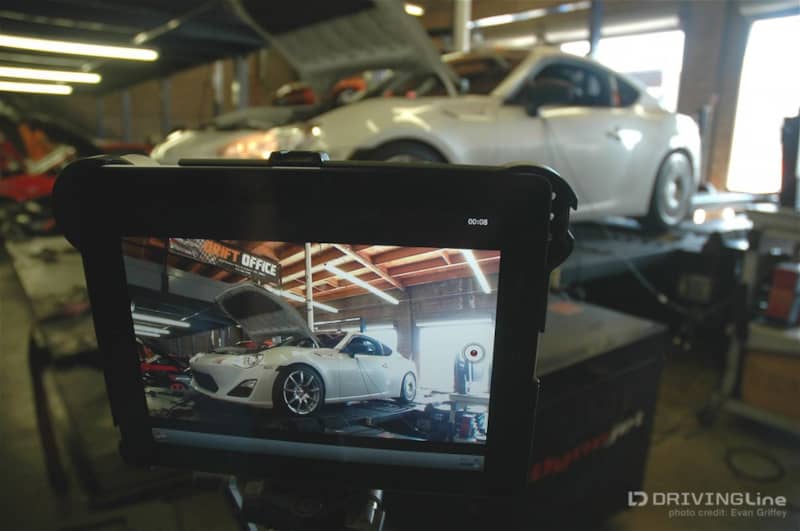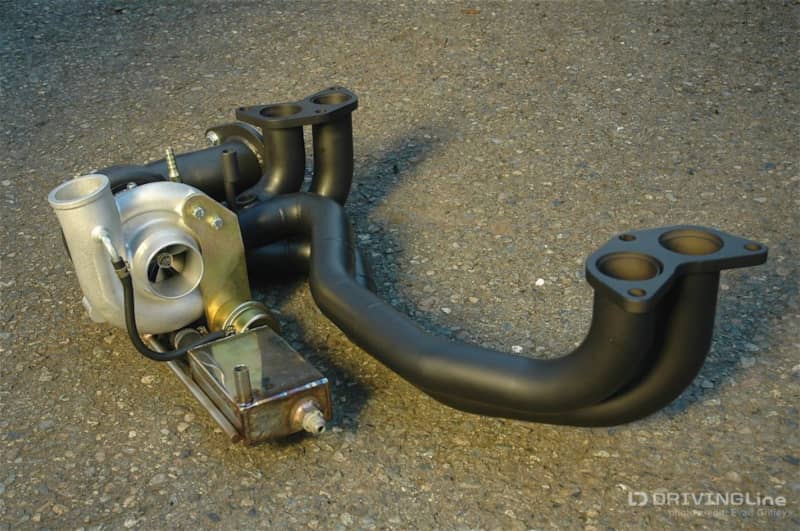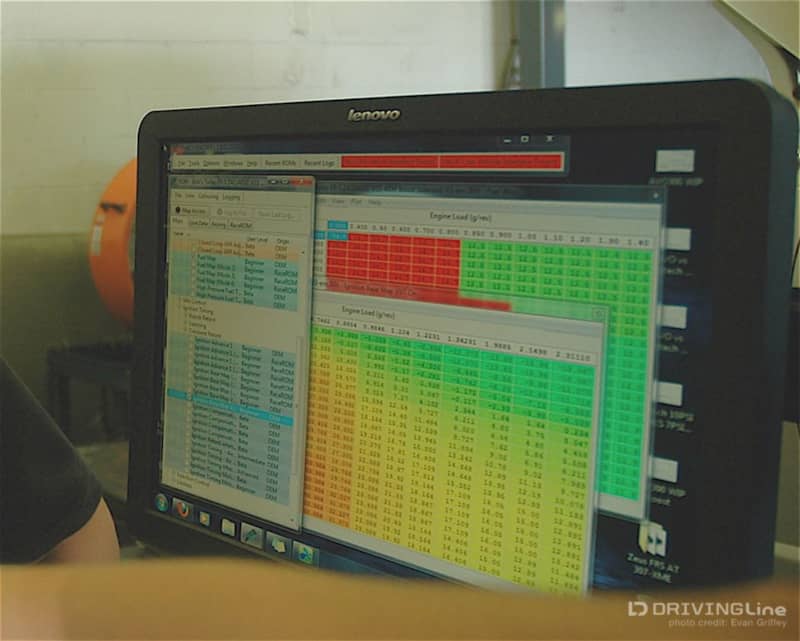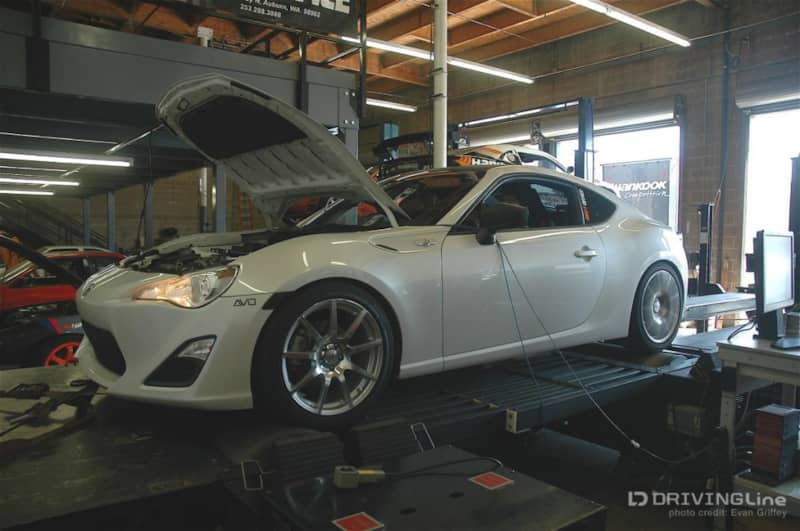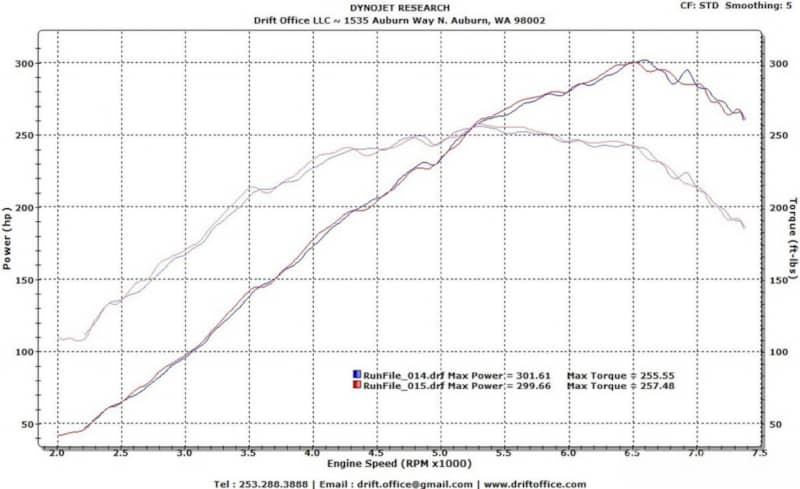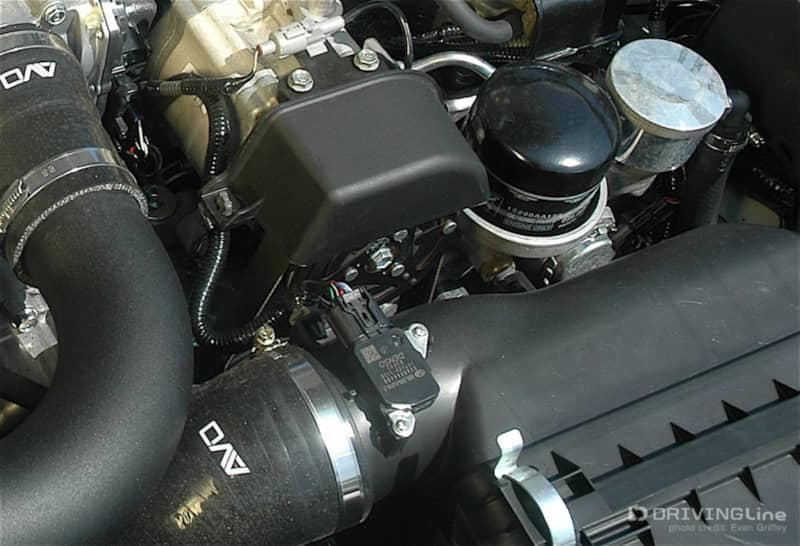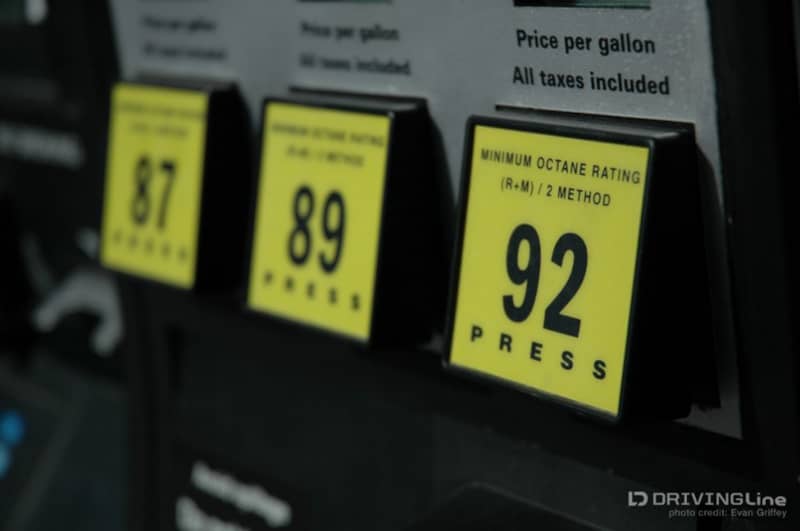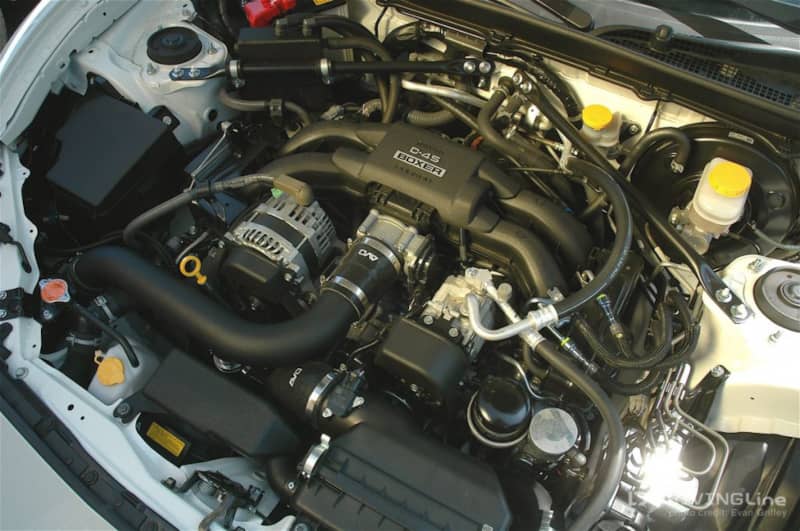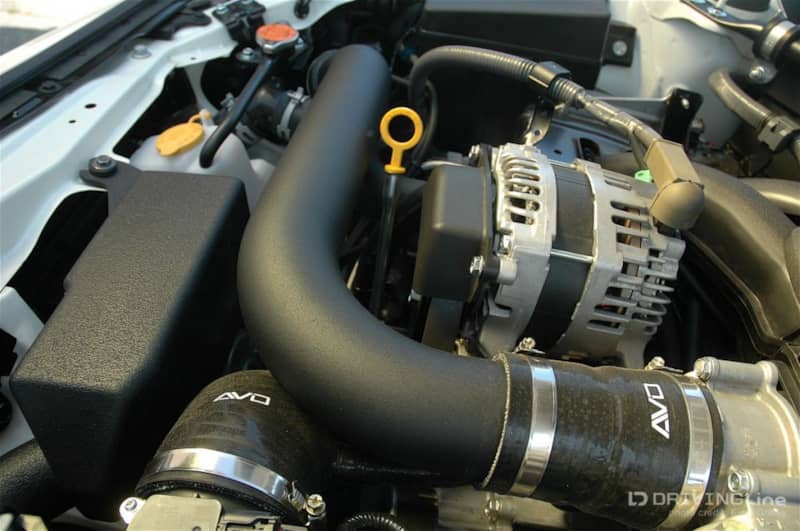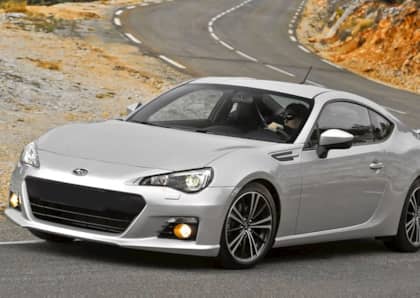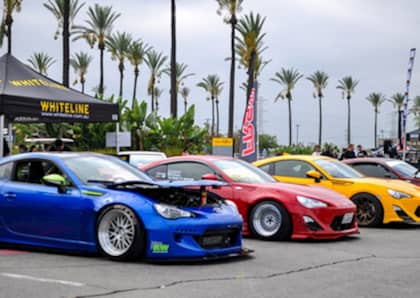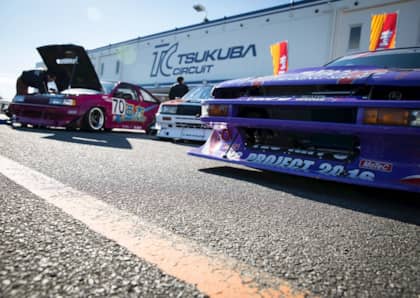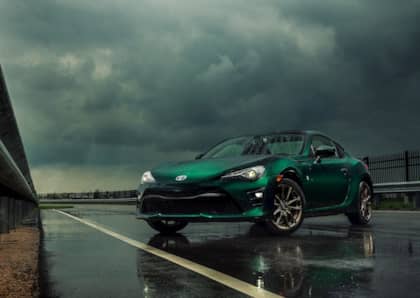Drift-Office Drops 300 WHP On The Hip And Heady FR-S/BRZ
The love child created by Toyota and Subaru in the FR-S/BRZ has more than lived up to the hype. It has garnered accolades for its engaging balance, smooth power delivery and gentle, under $25,000, price tag. But for many driving enthusiasts, a mere 200 horsepower is more lullaby than adrenaline squeezer…and they like to squeeze.